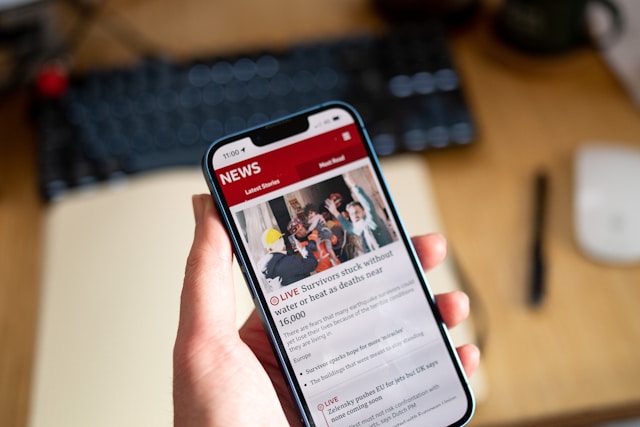
Media releases are a fantastic way to inform journalists about the latest news involving your organisation and ensure media coverage of key developments. However, if you’ve never written one before, they can be a daunting task, especially if you’re not sure where to start.
Here are our tips on how to create captivating media releases as part of your communications strategy.
Understanding who media releases are for
First and foremost, the target audience for a media release is the media. Therefore, it is important to consider which journalists you are targeting. Journalists have little time to sit back and read a full story, especially nowadays when deadlines are becoming increasingly harsh. Your goal when writing to journalists is to provide them with the information they need to write the story and convince them that it is newsworthy. Therefore efficient conveyance of information is crucial.
Discovering the story
The one goal you should have in identifying a story to pitch is newsworthiness. A number of factors influence newsworthiness including impact, timeliness, proximity to the publication and novelty. If you pitch a story that doesn’t introduce anything new, or comes off like an advertisement for your organisation, it is unlikely to be published. Examples of story angles that are often effective include noteworthy events, your organisation’s impact on broader social issues, the launch of something new, or introducing a case study for a human angle.
Writing the media release
Writing the media release should be done with brevity in mind, leaving any exaggerated language for the journalist to add later. To ensure the journalist gets the gist quickly, communication professionals are taught to use a reverse triangle structure, with the most important information at the top, and the less essential information lower down. Start off with a snappy headline (no more than 12 words), followed by a short opening paragraph – often called a lead line – that delivers the who, what, where, why and when of the story. As the media release progresses, it is a good idea to incorporate quotes from a case study or key spokesperson.
The release’s word length should be between 300 – 500 words. You should try to limit the release to one page. Label the end of the release with – END –
If you’d like to offer the journalist some more context on your organisation, you can add that at the bottom under a separate header.
Sending it out
When emailing to journalists – often called pitching – it’s a good idea to provide a quick summary of the story in an email, then link the media release. If you’re sending it out to multiple journalists, tailoring each email slightly to the recipient can also go a long way.
If you would like to learn more about how you can use media engagement to your advantage, we’d love to chat with you. Reach out at jo@fiftyacres.com.

